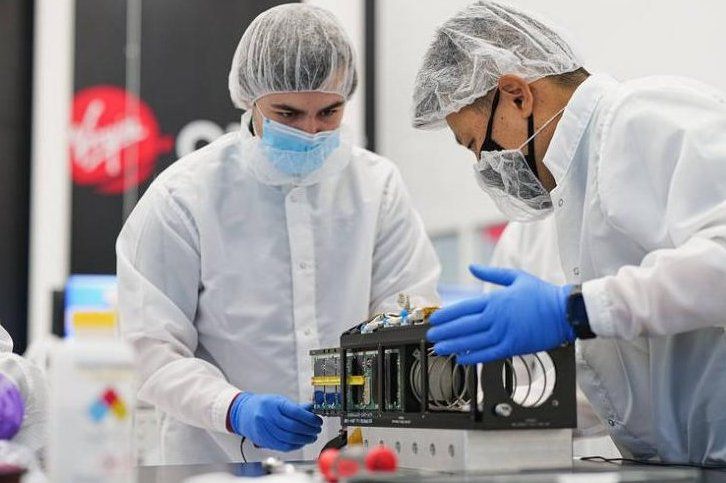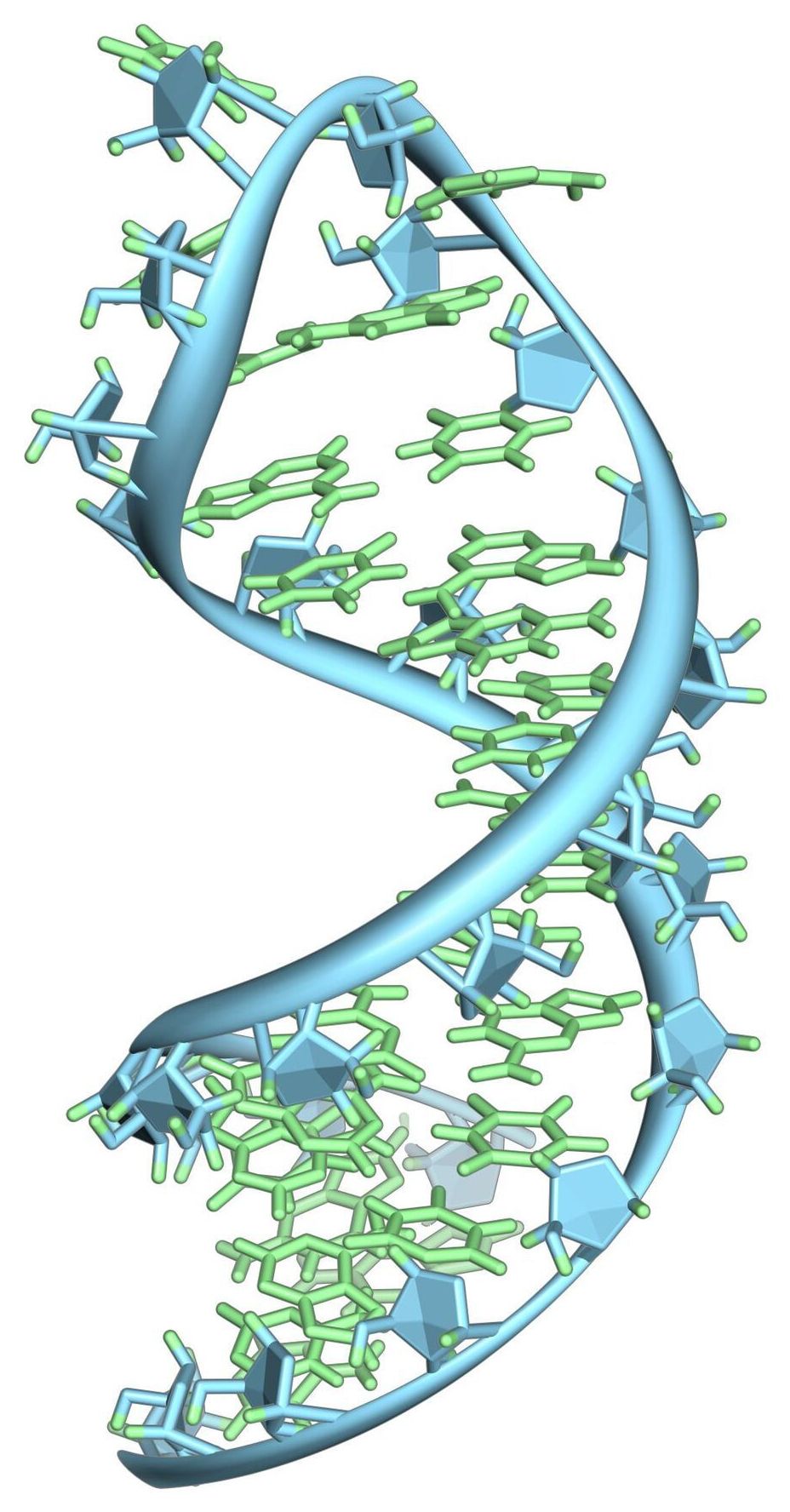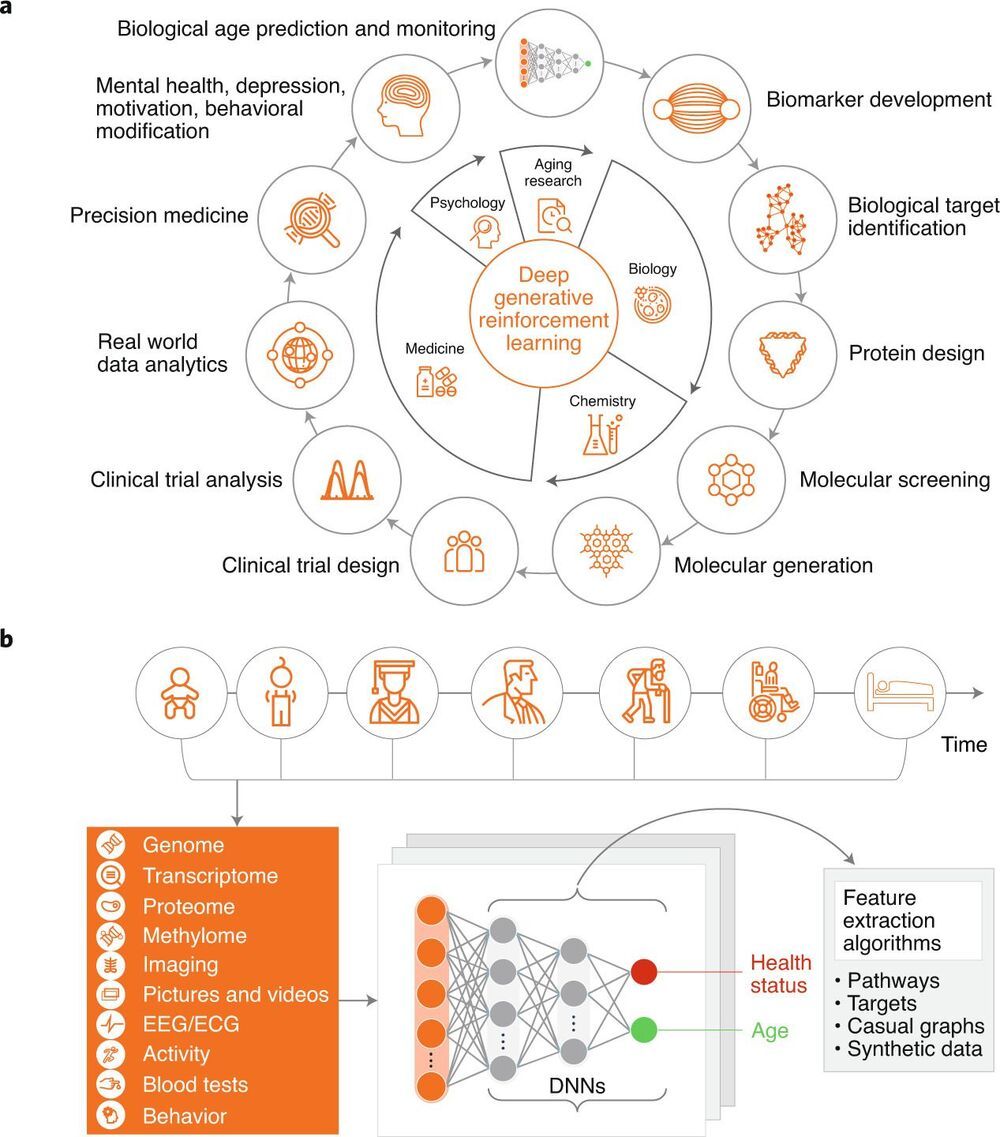This last year has been not been one for the social calendar. It has left us all feeling more and more isolated with lockdown after lockdown and restricted travel options globally. It is something we need to actively work to overcome, for our own sakes and for those around us, it is as detrimental to our long term health as smoking, obesity or having an alcohol disorder. It increases the risk of many health conditions, and even alters gene expressions. If you want to know even more detail I break it down in this new video, and look out for those who are having a rougher time, pay it forward. Make this world a place you want to live in…
In Loneliness As Deadly As Smoking-How It Impacts Your Health & Longevity I will be talking about how social isolation, something becoming more and more apparent in many countries and cities across the globe, is a serious threat to health and longevity.
It’s effects on mental and physical health are amongst the most serious threats we face and as such it needs to be taken seriously. The studies I mention are linked below.
To see the video on the mother of all diseases, aging, follow this link:
And leave your thoughts, questions and suggestions for future topics in the comments.







